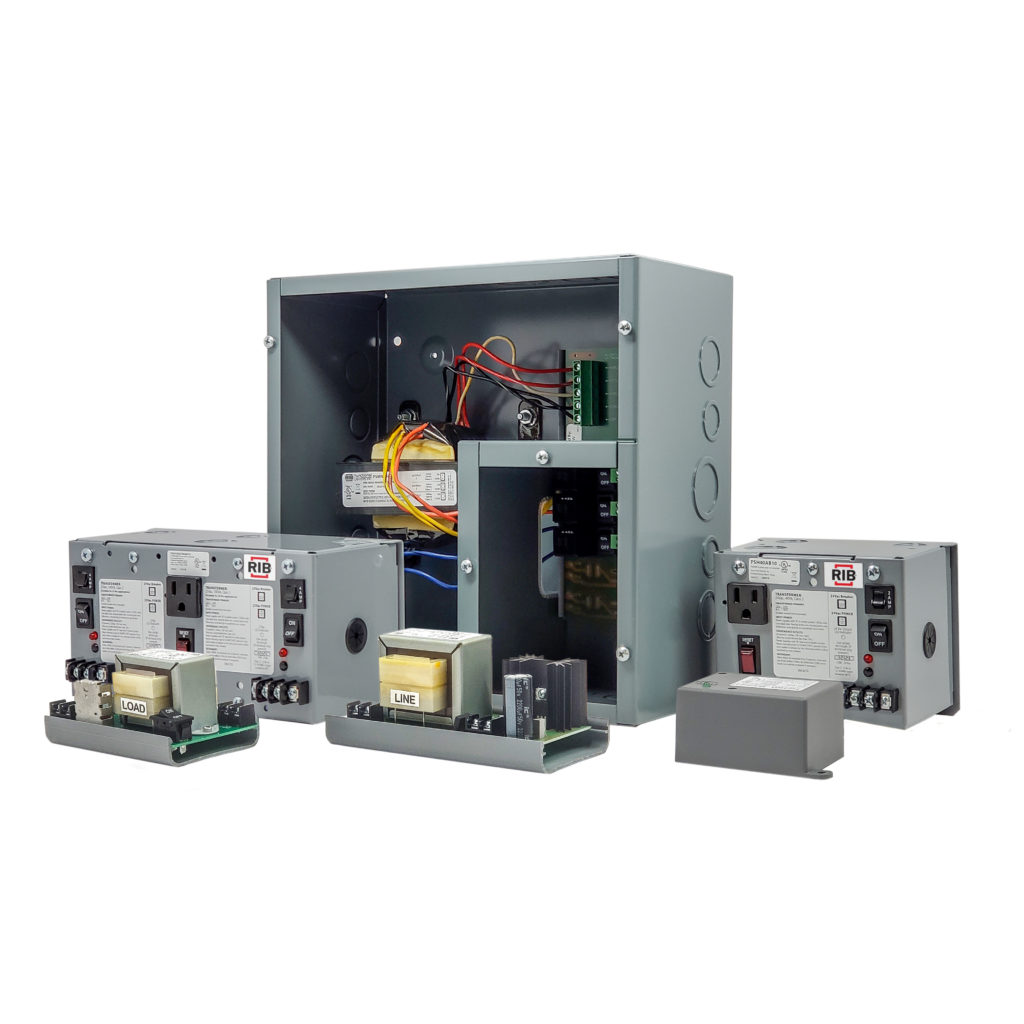How to Select the Perfect Power Supply


When trying to select a power supply, looking through the list of available options from Functional Devices can be overwhelming. There are many options to choose from, with some of the variations having little significance and others being critical to the application. This blog will cover the three main factors to consider when selecting a power supply.
The three main criteria are:
- Voltage type – AC or DC
- Output Voltage – 5 Vdc, 12 Vdc, 24 Vac, etc.
- Power requirement – 15 Watts, 60 Watts, 100 VA, etc.
Voltage Type
The first thing to consider when powering a load is whether it requires AC or DC voltage. Typically, a power supply is a device that converts an AC voltage to a DC voltage, and a transformer is a device that converts one AC voltage to a different AC voltage (higher or lower). At Functional Devices, we do sell transformers, but we also sell AC power supplies. While our AC power supplies are essentially a transformer, we refer to them as power supplies, because they contain other peripheral components associated with a supply (e.g., enclosure, primary switch/breaker, secondary switch/breaker, power indication, and even convenience outlets).
Output Voltage
After selecting between AC and DC, the output voltage is the next major consideration. In Building Automation Systems (BAS), DC voltage requirements are usually 12 or 24 Vdc. However, there are many other possibilities. For AC voltages, the typical control voltage level is 24 Vac, which is what all Functional Devices, AC power supplies output. If someone has a high voltage AC application, they will probably require a transformer.
Power Requirement
The power requirement is the last major criteria in selecting a power supply. Power for DC supplies is measured in Watts, and power for AC supplies is measured in Volt-Amps (VA). Most times, the load will specify the power requirements. If it does not, the power requirement can be calculated by multiplying the load voltage by the load current. That is not the full explanation of Watts vs. VA, but it is usually enough information.
There are other factors a customer may consider when looking for a power supply, like whether it is enclosed or open or if it has an adjustable output, but the three factors above are a minimum jumping-off point to make a recommendation. Any other specifics a customer has, or needs, will narrow the selection field even more and will increase the odds they order what they need. We are here to help anyone select a power supply for their application; just contact us!
